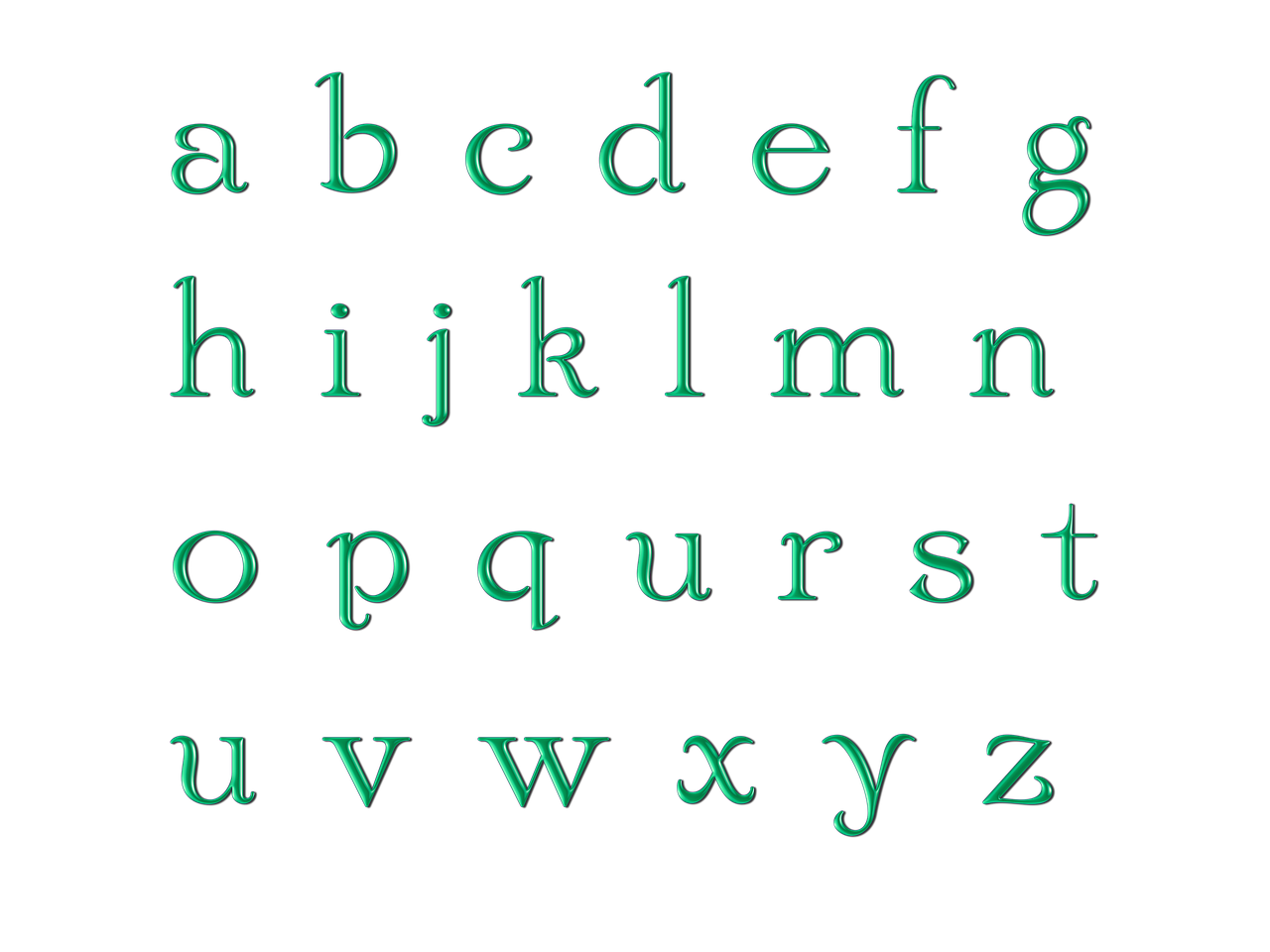
The history of human communication is marked by a profound evolution from oral traditions to the complex systems of writing that enable the preservation and transmission of knowledge across time and space. Writing stands as one of humanity’s most significant inventions, allowing ideas, laws, transactions, and stories to be recorded, analyzed, and disseminated. The origins of writing and the development of early alphabets not only revolutionized the way humans communicated but also laid the foundation for the subsequent emergence of typography and printed texts that shape modern civilization.
Before the invention of writing, human societies relied entirely on oral communication. Stories, laws, and historical events were passed down verbally through generations. This method, while effective within small communities, had significant limitations as societies expanded and administrative, economic, and religious complexities grew. Visual symbols, such as those found in prehistoric cave paintings in locations like Lascaux and Altamira, represented early attempts at visual expression but did not constitute true writing. These images, often depicting animals, hunting scenes, or abstract patterns, served ritualistic or communicative purposes but lacked the structured linguistic elements required to represent spoken language systematically.







